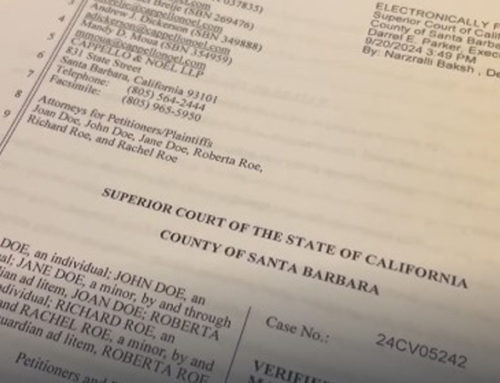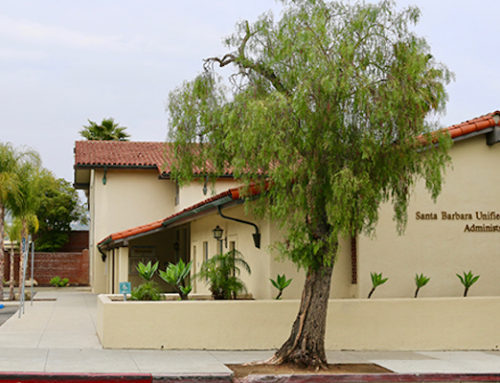The City of Santa Barbara agreed this last week to fundamentally change the way is holds elections. The city will now conduct “by-district” elections after settling a lawsuit that claimed the city was violating the California Voting Rights Act (CVRA) by holding “at-large” elections. (Banales, et al. v. City of Santa Barbara. County of Santa Barbara, Case No. 1468167, July 29, 2014)
An at-large election system is one in which there are no separate districts, and each city voter votes for any of the candidates running for office. The lawsuit asserted that the city’s method of at-large elections of city council members has led to Latino vote dilution. “At-large elections typically mean that minority groups do not have the same equal power of their vote as the majority,” says A. Barry Cappello, managing partner of Cappello & Noël and lead attorney for the plaintiffs.
Under the terms of the settlement, the city, with public input, will draw up geographical district boundaries, with two of the districts being in heavily Latino communities. “Latinos make up 38 percent of the city’s population but have been almost exclusively left out of the governing process,” says Cappello. “Each new district will now have a representative on the city council, assuring that Latinos will have a voice at the table.”
Other cities, when faced with similar litigation, settled before trial. They include Escondido, Visalia, Anaheim, Whittier, Compton and Merced (Merced settled before the case was filed). Palmdale chose to litigate to prevent by-district elections and ultimately lost. “Santa Barbara was wise to settle before trial,” says Cappello. “The handwriting was on the wall. By-district elections ensure equal representation for all voting citizens.”
For much of its history, the City of Santa Barbara used a by-district method of voting, previously known as a “ward” system. Santa Barbara used a ward system from approximately 1875 through 1907, and then again from 1927 through 1967. In 1968, Santa Barbara voters narrowly passed a City Charter amendment that changed the ward election system to an at-large system.
“It’s time we got back to our roots,” notes Cappello. “The city will hold two public hearings over where district lines will be drawn. A website for resident suggestions will be available soon. I urge everyone to participate.”






